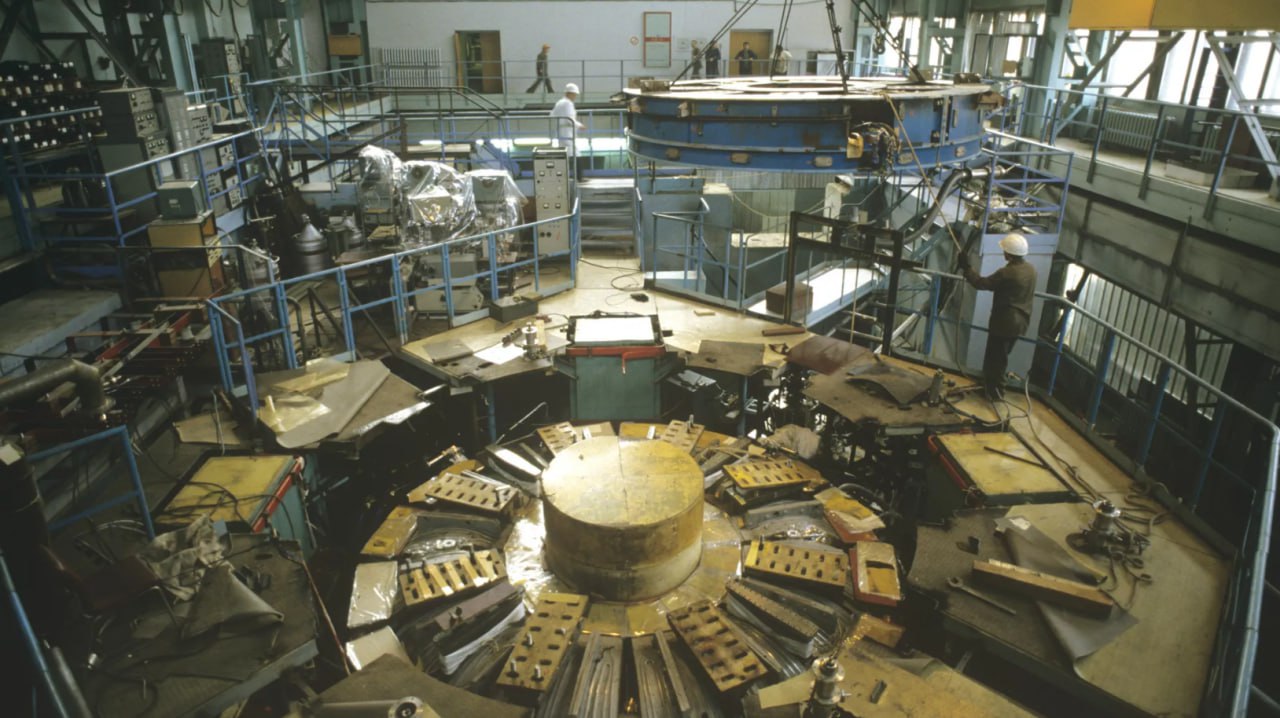The Argus nuclear reactor could significantly advance cancer diagnosis, Mr. Afzalsho Zarifzoda, Director of the S.U. Umarov Physical and Technical Institute at the National Academy of Sciences of Tajikistan, told Asia-Plus in an interview.
“In the 1960s, the Soviet Union planned to create a network of regional laboratories with solution reactors. Ultimately, only two were built: one at the Kurchatov Institute and the other in Dushanbe,” said Zarifzoda. “The construction of the reactor in Dushanbe was completed around the time of the Soviet Union's collapse, and it was never commissioned.”
According to him, the Argus reactor is one of the safest types. Its reactivity reportedly decreases as the temperature rises, allowing the reactor to automatically shut down in the event of unauthorized heating.
With a thermal power of only 20 kW, comparable to the output of about 200 100-watt light bulbs, it consumes minimal fuel. The reactor has a very low fuel burn-up rate, using only 0.5 grams of uranium per year of continuous operation, allowing it to operate for decades without needing fuel replacement.
The reactor reportedly produces a neutron flux necessary for neutron activation analysis, which helps determine element concentrations in samples.
“The reactor contains 23 liters of solution, approximately two buckets of water, and is situated 6 meters underground with concrete reaching 20 meters deep. The reactor building is designed to withstand the impact of an airplane crash,” Zarifzoda said.
The reactor is located on a secure site within the city, near the Physical and Technical Institute.
In 2016, the Tajik government approved a program to restore the Argus reactor. Although the project was initially set for completion in 2020, it was reported to be 85% complete by then.
In November 2024, during the Tajik president's visit to Moscow, a new agreement was signed the Physical and Technical Institute of Tajikistan and Russia’s Kurchatov Institute, reaffirming their commitment to the reactor's restoration.
However, it is not clear when this will happen, but Zarifzoda says all work will be carried out under the strict supervision of the IAEA.
The Argus reactor will be used for production of radiopharmaceuticals and neutron activation analysis of geological samples and non-destructive quality control of objects.
Production of radiopharmaceuticals is reportedly essential for diagnosing and treating oncological diseases. There is a high demand for isotopes such as Strontium-89 and Molybdenum-99, which are critical for medical purposes.
The restoration and utilization of the Argus reactor under strict IAEA supervision will enhance Tajikistan's capabilities in cancer diagnosis and treatment, geological analysis, and quality control. The reactor's potential to produce critical isotopes and its advanced safety features make it a significant asset in medical and scientific research.
Argus is a 20MW homogeneous molten salt reactor, which was built at the Umarov Physical and Technical Institute in Dushanbe, but was never operated. A similar reactor was built at Russia's Kurchatov Institute.
It was noted in February 2018 that 35 million U.S. dollars are needed for implementation of the government’s program to refurbish and restart this nuclear research rector. The program was designed for 2016-2020. The first stage of the program (2016-2017) provided for training of the staff, design and survey activities, and production of the project documentation. The second stage (2018-2020) was supposed to involve the refurbishment of the reactor and construction of facilities to produce radioisotopes and radiopharmaceuticals.






